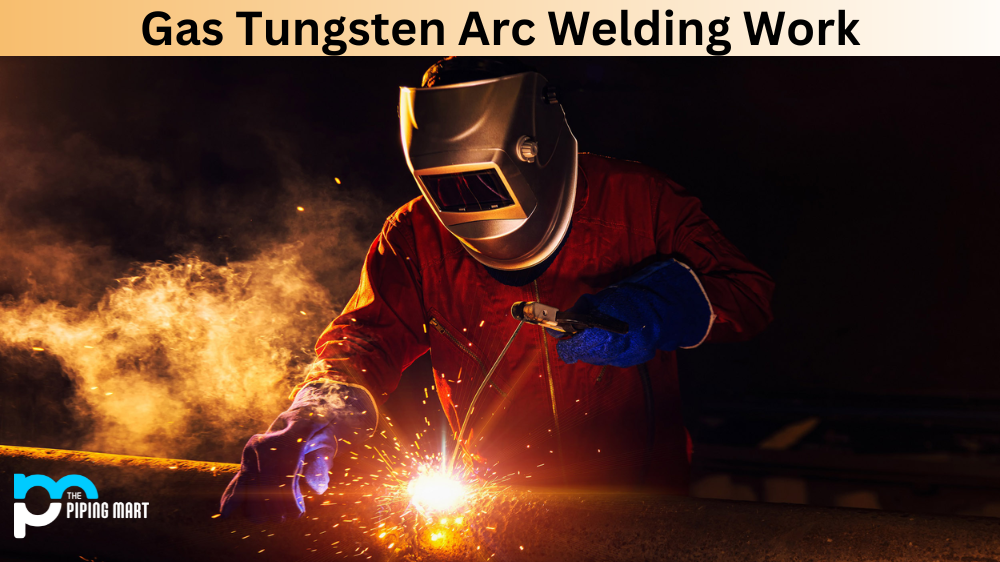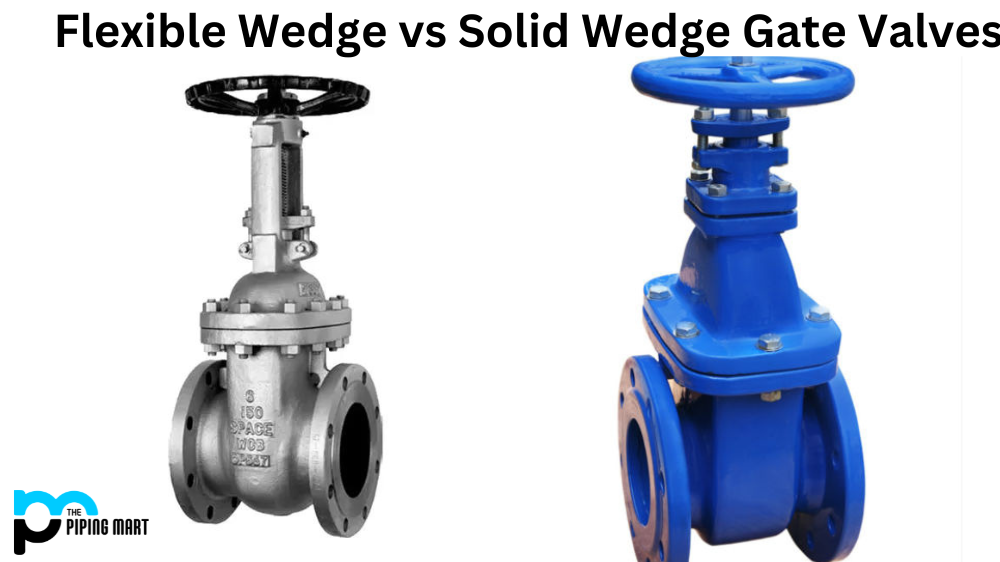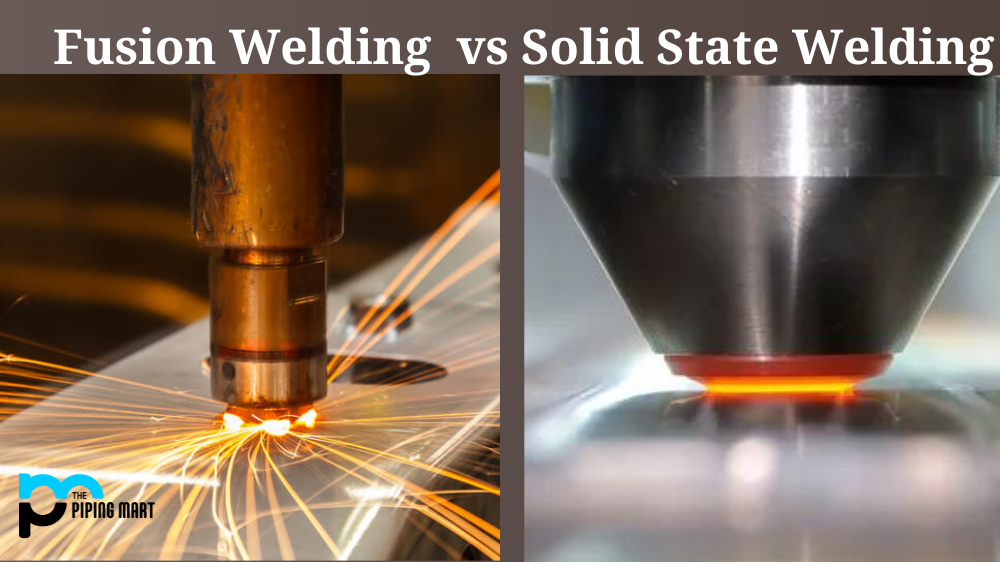Steel is one of the most used alloys in various industries, primarily due to its high strength, durability, and resistance to corrosion. Alloy steel casting, in particular, is a process that involves the use of molten metal to create complex shapes for different applications. In this blog post, we will discuss the techniques and applications of alloy steel casting, which has become a critical part of modern manufacturing processes.
What is Alloy Steel Casting?
Alloy steel casting is a manufacturing process that involves pouring molten alloy steel into a pre-designed mold to create complex and intricate shapes. This production method allows for high precision, strength, and durability levels in the final product.
The use of alloy steel in casting is preferred due to its unique properties that make it suitable for various applications. The main advantage lies in its exceptional strength and hardness, making it ideal for heavy-duty industrial machinery, automotive parts, and even aerospace components.
Moreover, alloy steel casting offers excellent corrosion resistance compared to other metals, making it an optimal choice for harsh environments or corrosive chemicals. Its ability to withstand extreme temperatures while maintaining structural integrity also adds to its appeal as a reliable material for critical applications.
Techniques and Applications of Alloy Steel Casting
Techniques of Alloy Steel Casting:
Various techniques are used in alloy steel casting, each designed to suit specific casting requirements. Some commonly used techniques include sand casting, investment casting, continuous casting, and centrifugal casting. Sand casting is a widely used technique involving mold from sand and pouring molten metal into it. Investment casting, also known as lost-wax casting, relies on a wax pattern coated with a ceramic shell before being melted away, leaving behind the desired metal casting. Centrifugal casting involves spinning a mold at high speed while pouring molten metal into it, creating a centrifugal force that distributes the metal evenly around the mold. Continuous casting is commonly used in steel billets and slabs, where molten metal is fed into a continuous casting machine and then solidified.
Applications of Alloy Steel Casting:
The versatility of alloy steel casting means it has a wide range of applications. One of the most popular steel casting applications is in the automotive industry, where complex parts like engine blocks and steering knuckles can be created using steel casting techniques. Steel casting is also used in aircraft and aerospace components like turbine blades, landing gear, and engine parts. Steel castings are used in drilling and mining equipment, pipeline valves, and pumps in the oil and gas industry. Alloy steel casting is also used to manufacture construction equipment, pumps, and rail components.
Benefits of Alloy Steel Casting:
There are numerous benefits to using alloy steel casting over other manufacturing techniques:
- The process is highly flexible, which means it can easily create complex shapes.
- Steel castings are highly durable and resistant to wear and tear, making them ideal for high-strength and durability applications.
- The versatility of the casting process means that it can be used to create large parts that would be difficult to make using other manufacturing techniques.
Factors Affecting Alloy Steel Casting:
The casting process is highly dependent on mold design, pouring temperature, mold material, and the type of alloy used. The cooling rate of the molten metal is also an important factor, as it can affect the quality of the final casting. To achieve the desired results, it is essential to carefully control each factor to ensure that the castings meet the required specifications.
Future of Alloy Steel Casting:
With increasing demand for high-performance components in various industries, alloy steel casting will likely become more popular in the coming years. New alloys and casting techniques that offer improved properties are being developed, making it possible to create stronger, lighter, and more durable components than ever before.
Conclusion:
Alloy steel casting is a highly versatile manufacturing process with various applications in various industries. By carefully controlling factors like pouring temperature, mold design, and cooling rate, it is possible to create complex shapes that are highly durable and resistant to wear and tear. With advancements in casting techniques and alloys, we can expect alloy steel casting to become even more popular in the coming years, making it a critical part of modern manufacturing processes.

Hey, I’m Krutik, a casual blogger expert in the metal industry. I am passionate about providing valuable information to my readers. With a background in engineering and construction, I like playing Cricket & watching Netflix shows in my free time. Thank you for visiting my blog, and I hope you find my information helpful!




